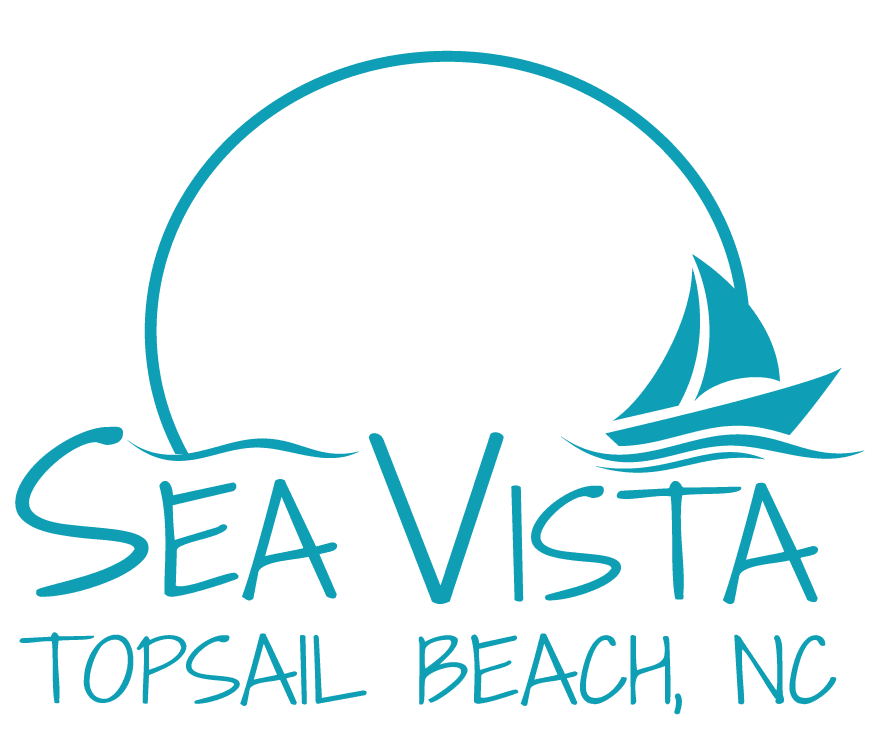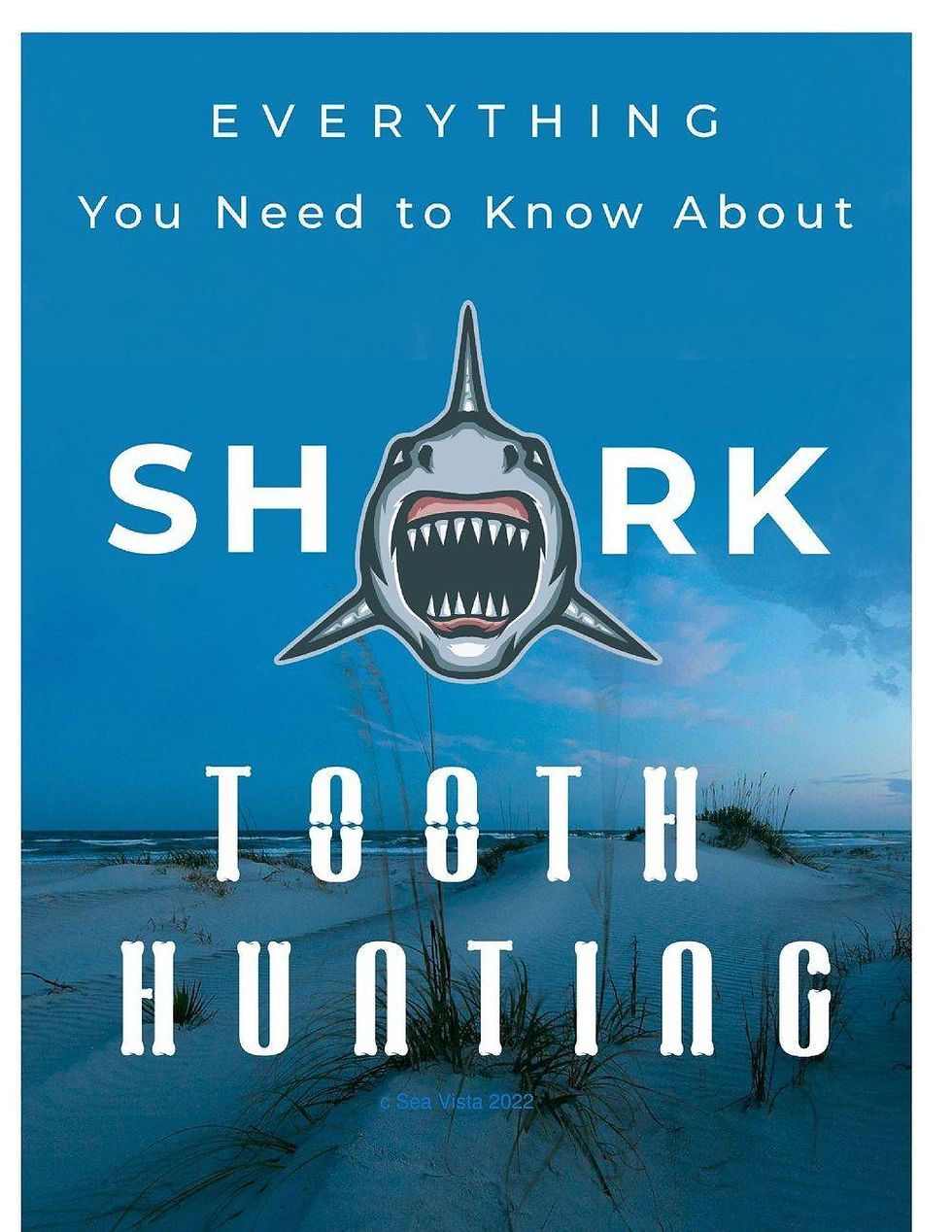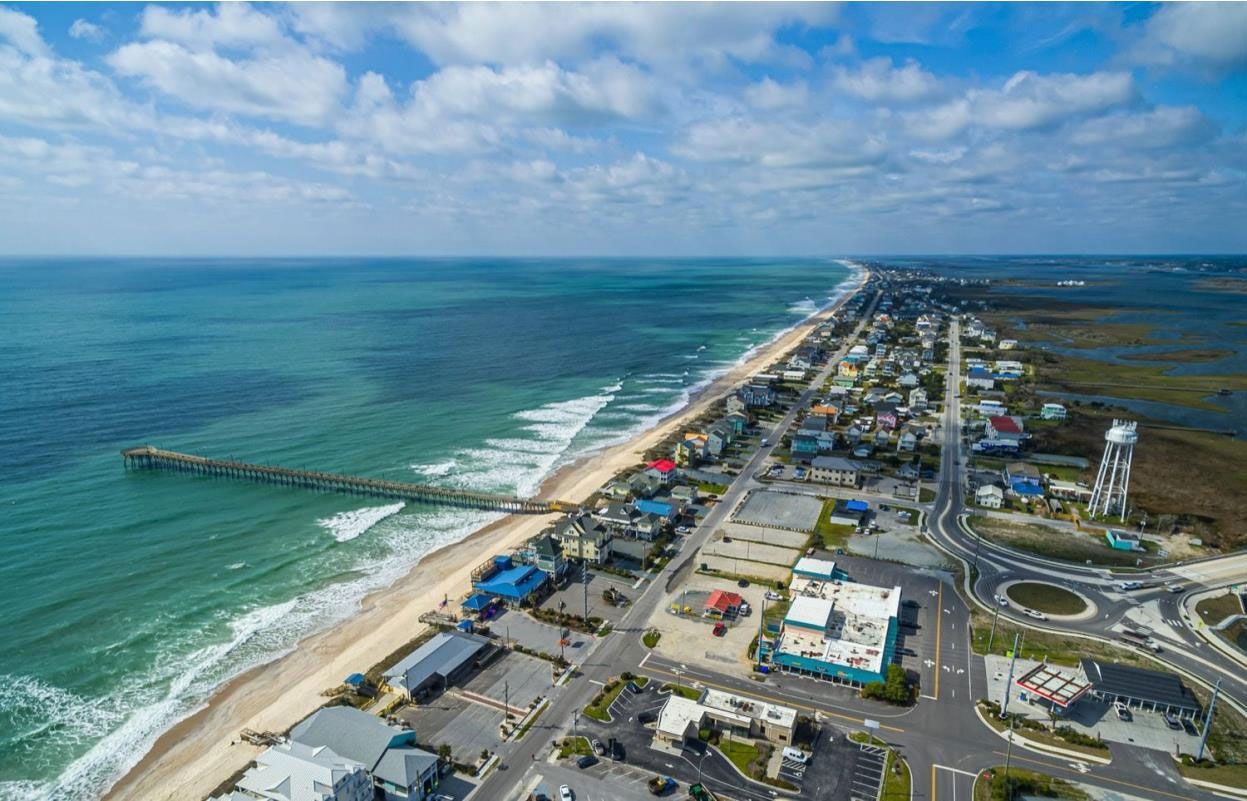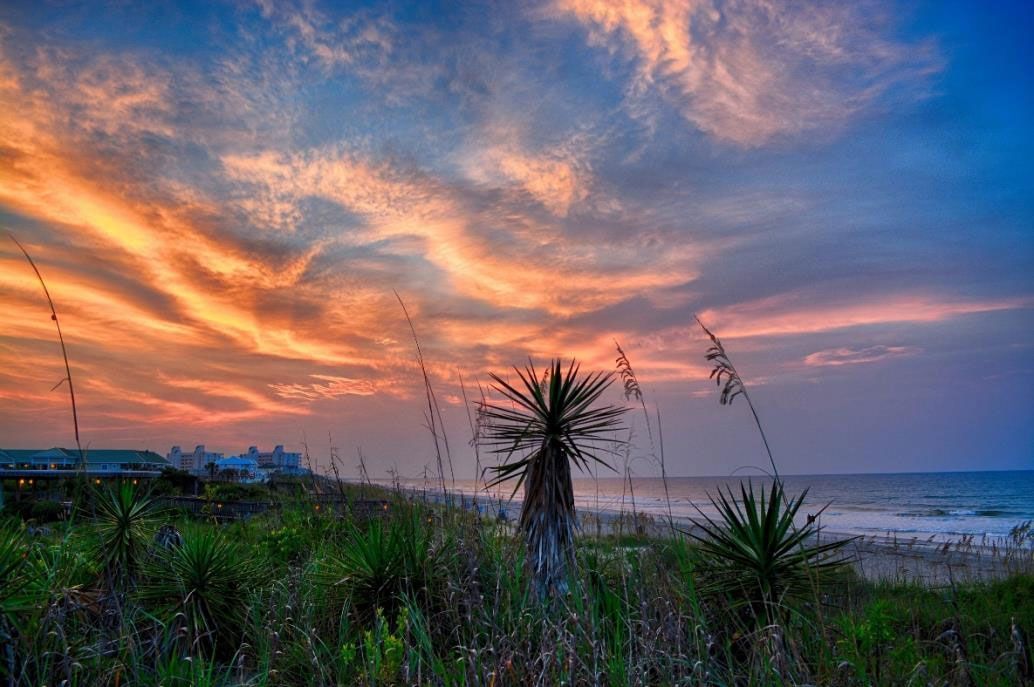THE WILD HORSES OF NORTH CAROLINA
Trotting majestically along the dunes, grazing gracefully on the wild grass, and living as free as the wind, are troupes of sublime creatures residing on the banks of North Carolina's Barrier Islands—the Feral Horses of North Carolina. These horses have lived on the outer banks of NC for some hundred years, but how they arrived here is somewhat of a mystery!
One interesting thing about these dashing creatures is that though they lurk fearlessly in the wild, they are descendants of domesticated stock—hence the name, Feral Horses. Many tales strive to explain how these animals came to live on the North Carolina shores, however, they all point to the Spanish mustangs that accompanied the Spanish colonies beginning in the 1400s.
One story involves Christopher Columbus, an Italian explorer and navigator sponsored by the Catholic Monarchs of Spain. Through many successful journeys, he paved the way for the European Colonization of the Americas. He made an appearance in North America when he landed on Hispaniola Island and in his company were you guessed it— the Spanish Mustangs! That probably accounts for the first entry of these Spanish horses into North America.
Later in the 1520s, a Spanish explorer, Lucas Vázquez de Ayllón, received a grant from the Spanish King, Charles V, to colonize the eastern seaboard, including present-day North Carolina. He and his team made a good attempt but it didn’t quite end well for them. They kidnapped the Indian children who lived there and sold them into slavery. This aggravated the Indians who rose against the them. Eventually, they sent the Spaniards fleeing with their tails between their legs and leaving behind their livestock. Ayllón and his crew returned to stronger Spanish colonies in Florida, with no plans to return for their livestock...and their horses!
Another story is set in the 1580s. Sir Richard Greenville, an English commander overseen by Sir Walter Raleigh, sailed frequently to transport cargo to and from the West Indies, Great Britain, and newly established English colonies in Virginia. On a certain day in June 1587, he set sail on an expedition to deliver cargo containing food and livestock including Spanish mustangs. Alas, his ship, the Tyger, and the smaller ships with him came across the dangerously shallow Diamond Shoals that served them in the fullness of their terror. Many ships, including The Tyger, and their cargo were and the livestock including the Spanish Mustangs had to swim ashore for safety.

A horse on Shackleford Island. Photo by Megan Squire
Today, these horses can be seen on the outer banks of North Carolina. Shackleford Banks and Corolla Island have the largest herds on them. Ocracoke Island and the Racheal Carson Reserve have smaller herds living on them. It's still a mystery which story truly accounts for the appearance of these horses. Some biologists even suggest that the horses were loaded off certain Spanish ships to lighten the ships and lower the chances of being wrecked. Whichever story is true, we're just glad that these horses are present today and we can enjoy a breathtaking view of them!
Shackleford Banks is a barrier island that makes up the Northern edge of the Outer Banks. It is uninhabited by humans and it’s only accessible by a ferry, so the horses roam freely about. There are currently over a hundred horses living on Shackleford banks. You can visit on a private boat, or you can take a ferry from Beaufort. Tour and charter services are highly recommended for transportation and guidance because they offer the best opportunity to find the horses when you come visiting.
Corolla Island makes up the southern edge of the Outer Banks. The horses once roamed freely along the undeveloped island. However, in 1987, when the highway NC 12 was extended to Corolla from Duck in Dare County, many speeding cars started coming in and it resulted in a population explosion and development. This forced the horses to move north of Corolla, the remaining uninhabited portion of the island. It's a glorious sight when the horses promenade through the white beaches and the cool waves draw up to wash their feet. To enjoy this splendid view, you may book reservations for off-road tours that guide visitors to see the horses. If you'd prefer, you can rent a four-wheel-drive vehicle to drive up the beach where highway NC 12 ends. It will afford you a good view of the horses.
The horses at Ocracoke could hardly be considered 'wild'. They are sheltered, fed, and provided with veterinary care. After the NC 12 highway was constructed in 1962, the National Park Service kept them fenced in a pastureland of about 180 acres. This was done to protect them from the dangers of the highway and to prevent them from overgrazing the land. There are about twenty horses who live here. They are fed with hay and supplemental feed and so they are larger than the mustangs on Shackleford Banks and Corolla Island. The fenced pastureland housing the pony pens are between the Hatteras Inlet ferry landing and Ocracoke Village, just next to the highway. Getting a view of these horses is not as exciting as viewing the wild horses on other islands because of the tall, intimidating fences that enfold them. Visitors are not allowed to touch, pet, or feed the animal but there is a parking lot for vehicles and a tall viewing stand to help them get a better view of the horses.

Ocracoke horse at a pony pen. Photo by Captain Tucker
The Rachel Carson Reserve is a complex of four islands just south of Beaufort: Carrot Island, Bird Shoal, Town Marsh, and Horse Island. The reserve is named after Rachel Louise Carson, a marine biologist and author of the book, Silent Springs. The book highlights factors that posed damage to the environment. She wrote especially on the effects of pesticides like DDT. It inspired the formation of the U.S Environmental Protection Agency and led to a nationwide embargo on DDT and other pesticides.
Like the Shackleford Banks, the Rachel Carson Reserve is only accessible by ferry. The estuary that surrounds it supports the diverse plants and animals living there. It is said that the horses here came from a line of Spanish mustangs that were kept in stock by a Beaufort physician. They carry some characteristic primitive markings of ancient wild horse breeds—a dorsal stripe along the spine running from the ears to the tail. The mustangs are not the only charming creatures in the reserve. Many happy little birds thrive along the marshes of the Rachel Carson Reserve. Over two hundred bird species have been identified across the reserve. Bird Shoal Island offers a spectacular view of these winged beauties. It's a short-day trip from Topsail Island—we have visited the Bird Shoal many times for seashell hunting and wild horse viewing. There are lots and lots of shells on the island making it an exciting shelling spot. Rachel Carson Reserve is a must-visit!

A Shackleford horse drinking from a horse-dug hole. Photo by Chris Capeheart
The wild horses are self-sustained and feed on the grasses of the dunes and marshes on the islands. Since horses don't drink salt water, they drink fresh water either from surface pools or water from holes they dig up. Federal regulations manage these horses, and they are strict in ensuring that they remain 'wild', with almost no human interactions. Human contact such as feeding and touching are not allowed as their well-being can be tampered with. Wildlife biologists sometimes issue contraception to mares to stabilize the population and maintain healthy development.
You’d have a great time observing these lovely creatures with friends and family across the mentioned islands. You can even shoot great photos for your vacation memories. The horses can be seen any time in the day, but they prefer to graze in the cooler hours like morning and evening. For a safe and memorable event, you should take note of a few things before venturing to see the Spanish mustangs. First, it is important to maintain a safe distance of at least fifty feet from the horses. Don't interact with them or try to feed them. Remember that they are undomesticated so if for any reason they feel threatened or they feel that their space is being invaded, they may charge or kick. You can make use of binoculars and zoom lenses to observe the horses and take pictures of them while maintaining your distance. If a horse approaches you, walk away and don't engage them. You may return to your vehicle and if they approach your vehicle, roll up the windows and wait for them to leave. While having fun, you should also keep up your guard and pay attention to the location of the horses. If you bring your pets with you, you should always keep them on a leash if you intend to return with them. For the safety of the horses, please don't leave tripods, chairs, other equipment, or food lying around. That said, be glad to know that the wild horses mostly keep to themselves and rarely approach visitors, but if they do, we trust you know what to do!
Horses are truly beautiful creatures, and the wild horses of North Carolina don’t fail to flaunt that beauty as they prance proudly along the banks. A visit to these islands would be worth the trip. When you do, share your experience with us. We’d love to hear it.












